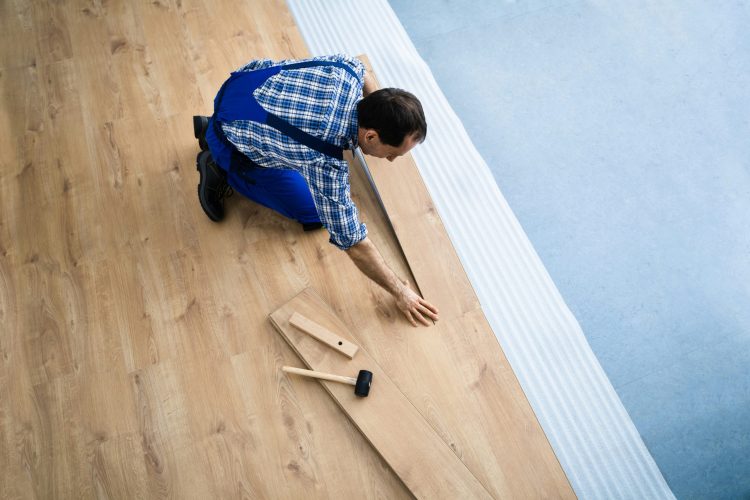Last Updated on:
In the world of interior design, the phrase “Out with the old, in with the new” resonates strongly. The art of removal and redesign is not just about changing a space; it’s about transforming it into a sanctuary that reflects the personality and lifestyle of its inhabitants. This blog explores the process of effective removal and the exciting possibilities of redesigning spaces.
The Importance of Removal
The first step in transforming any space is understanding the significance of removal. Whether you’re dealing with outdated furniture, excessive clutter, or a tired colour scheme, removing unwanted items is essential for creating a fresh start.
Decluttering for Clarity
Clutter can significantly impact our mental state, making spaces feel chaotic and overwhelming. By decluttering, you not only free up physical space but also create mental clarity. Consider going through each room and identifying items that no longer serve a purpose or spark joy. This process can be liberating and sets the stage for the redesign ahead.
The Power of Demolition
In some cases, removal goes beyond decluttering; it involves demolishing structural elements. Removing walls can open up spaces, allowing for better flow and light. However, it’s crucial to approach this with caution. Consulting a professional is essential to ensure that any changes made are safe and do not compromise the integrity of the building. Spa removalscan be an essential part of transforming your outdoor space into a more functional and aesthetically pleasing area.
The Redesign Process
Once you have successfully removed unwanted elements, the next step is redesigning the space. This phase is where creativity comes into play, allowing you to reimagine the space in a way that aligns with your vision.
Establishing a Vision
Before diving into design choices, take time to establish a clear vision for your space. Consider the overall style you wish to achieve—modern, minimalist, rustic, or eclectic. Visual aids such as mood boards can help you gather inspiration and clarify your ideas.
Choosing a Colour Palette
A well-thought-out colour palette can dramatically influence the mood of a space. Lighter shades can create an illusion of space, while darker tones can add warmth and intimacy. Experiment with different combinations to find what resonates with your vision. Don’t forget to incorporate accent colours to add personality and depth.
Selecting Furniture and Decor
With a vision and colour palette in mind, it’s time to select furniture and decor that align with your design goals. Choose pieces that are functional and reflect your personal style. Consider investing in statement furniture that can serve as a focal point in the room.
Incorporating Personal Touches
The final stage of redesign is adding personal touches that make the space truly yours. This could be through artwork, family photos, or cherished collectibles. Incorporating elements that tell your story adds depth and character, transforming a house into a home.
The Importance of Lighting
Lighting is essential for establishing the mood in any environment. Think about incorporating a mix of light sources—such as ambient, task, and accent lighting—to achieve a vibrant and dynamic atmosphere. Natural light should be maximized whenever possible, so keep window treatments light and airy.
Conclusion
Transforming spaces through removal and redesign is a fulfilling journey that allows individuals to create environments that reflect their unique identities. By embracing the art of removal and following through with thoughtful redesign, you can breathe new life into any area. Whether you’re revamping a single room or an entire home, the possibilities are endless. Remember, the key lies in creating a space that inspires and nurtures, a true reflection of you.
















